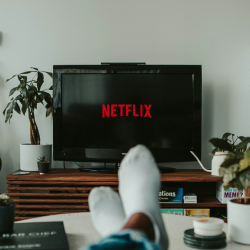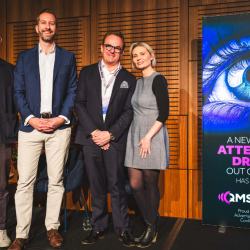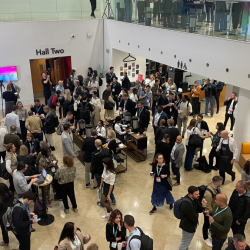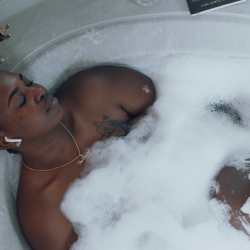Do you know that girl? Neither do I, but we all seem to know her morning routine
She wakes up at around 6am to attend a workout class — probably Hot Pilates or SoulCycle. Afterward, she has a ‘healthy’ breakfast, typically consisting of a green smoothie and some vitamins. She then refills her Stanley cup for the second time that day and proceeds to work (from home, of course, because that girl is self-employed). More than just a TikTok trend, ‘that girl’ epitomises the wellness industry: the health, fitness, nutrition, and, most importantly, the appearance. It is not enough for her to be healthy she needs to look healthy, usually by wearing a brand-new activewear set. According to a 2021 study conducted by McKinsey & Company, the global wellness market is valued at 1.5 trillion dollars and growing by at least 5% each year. This growth is mainly driven by consumers, with 79% claiming that ‘wellness is important,’ and 42% considering it a ‘top priority’. But how are people exactly spending their money? The survey concluded that around 70% is spent on products, while the remaining 30% pertains to services.
These numbers should come as no surprise to the majority
In recent years, the rise of the wellness industry has been fuelled by product consumption. From smartwatches that remind us to walk, to serums that become part of our daily routines, self-care is starting to feel less like care, and more like work. In 2015, two UK-based researchers studied the effects of constantly wearing a Fitbit on 200 women. While there were some positive responses, 79% of the participants said they ‘felt under pressure to reach their daily targets’, 59% agreed that their routines were ‘controlled’ by the device, and nearly 30% considered the Fitbit an ‘enemy’. It is not difficult to imagine why. We buy wellness products because they are supposed to make us feel better, but most end up being one more thing to check off our already extensive to-do list.
The report published by McKinsey & Company paints a similar picture. Although product spending is expected to remain high in the coming years, it is not the primary driver of the thriving wellness industry. On the other hand, services are: personal trainers, nutritionists, and counsellors, for instance, have observed a rise in demand following the Covid-19 pandemic. But the need for personalised and specialised care is converting mere product consumers into loyal service users.
There are two types of wellness services that are expected to be the future of the industry
One is a more traditional type, where users consult with specialists in physical or mental health (including trendy areas of expertise like mindfulness) to address specific problems. The other is an omni-channel approach, through which brands can meet their consumers’ needs with the help of digital platforms. These offerings may include apps for data collection and monitoring, the use of artificial intelligence to create consumer profiles and suggest the most suitable products, or even providing educational resources like eBooks and online courses.
Digital services in the wellness industry are expected to meet three important demands: personalisation, gamification and added value. Unlike most products, services have the ability to be tailored to the needs of their users. This feature should be maximised by adopting artificial intelligence or other digital strategies to convey to consumers a sense of being unique and valued. Gamification is particularly important in data-monitoring services: tracking our wellness levels may feel burdensome, and it is easier to integrate that task into our daily routine when we feel entertained or rewarded for doing so.
Finally, the fact that the wellness industry has grown exponentially also means that consumers have a lot to choose from in all categories. Providing unique services that actually add value to the user’s life is the thing that sets a brand apart from all its competitors.
All in all, wellness services provide the opportunity for consumers to feel cared for, and not simply ‘working’ on themselves. In a time where to-do lists seem to be growing bigger, and time flies before our eyes, it has never been so important to talk about self-care. But what actually cares for us? Maybe products (and more products) will no longer be the answer.
Featured image: Viva Luna Studios / Unsplash































